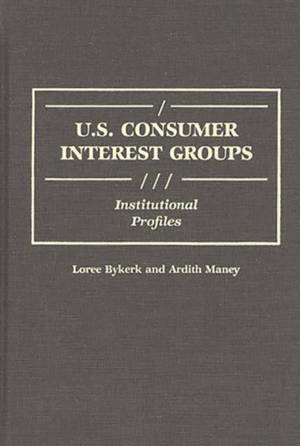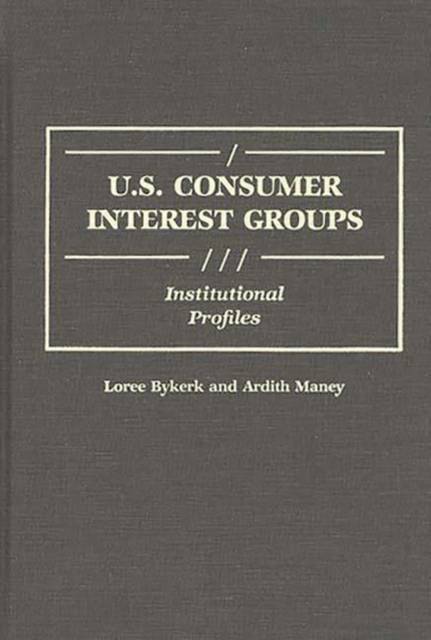
- Retrait gratuit dans votre magasin Club
- 7.000.000 titres dans notre catalogue
- Payer en toute sécurité
- Toujours un magasin près de chez vous
- Retrait gratuit dans votre magasin Club
- 7.000.0000 titres dans notre catalogue
- Payer en toute sécurité
- Toujours un magasin près de chez vous
Description
These in-depth profiles of major non-governmental organizations show how they compete to protect consumer or business interests ranging across all stages of American life from baby foods to funerals. The analyses of 109 interest groups portray a wide array of the political tactics that have helped shape consumer policy over the past generation. Drawing upon materials from the organizations themselves, as well as from other original and secondary sources, the profiles depict who the groups represent, their goals, how they were founded, their resources, organizational structures and procedures, the services and benefits that they offer, the issues that they address, and the tactics that they use to affect federal policy. Students, teachers, policymakers, administrators, consumer and business activities and interest group watchdogs will learn through this pioneering new reference who gets what in the marketplace and in politics and why.
Drawing upon materials from the organizations themselves, as well as from other original and secondary sources, the profiles depict who the groups represent, their goals, how they were founded, their resources, organization structures and procedures, and the services and benefits that they offer. The profiles also describe specific issues that the groups address, their positions, and their tactics and ways in which they try to affect federal policymaking--from boycotts to group buying, research, testifying before congressional committees, serving on executive department advisory committees, election candidate ratings, filing lawsuits, publicizing research results, becoming media experts on particular subjects, and persuading members to contact a member of Congress. Students, teachers, policymakers, administrators, consumer and business activists and watchdogs will learn through this pioneering new reference who gets what in the marketplace and in politics and why.Spécifications
Parties prenantes
- Auteur(s) :
- Editeur:
Contenu
- Nombre de pages :
- 296
- Langue:
- Anglais
- Collection :
Caractéristiques
- EAN:
- 9780313264290
- Date de parution :
- 30-01-95
- Format:
- Livre relié
- Format numérique:
- Genaaid
- Dimensions :
- 161 mm x 240 mm
- Poids :
- 635 g

Les avis
Nous publions uniquement les avis qui respectent les conditions requises. Consultez nos conditions pour les avis.






